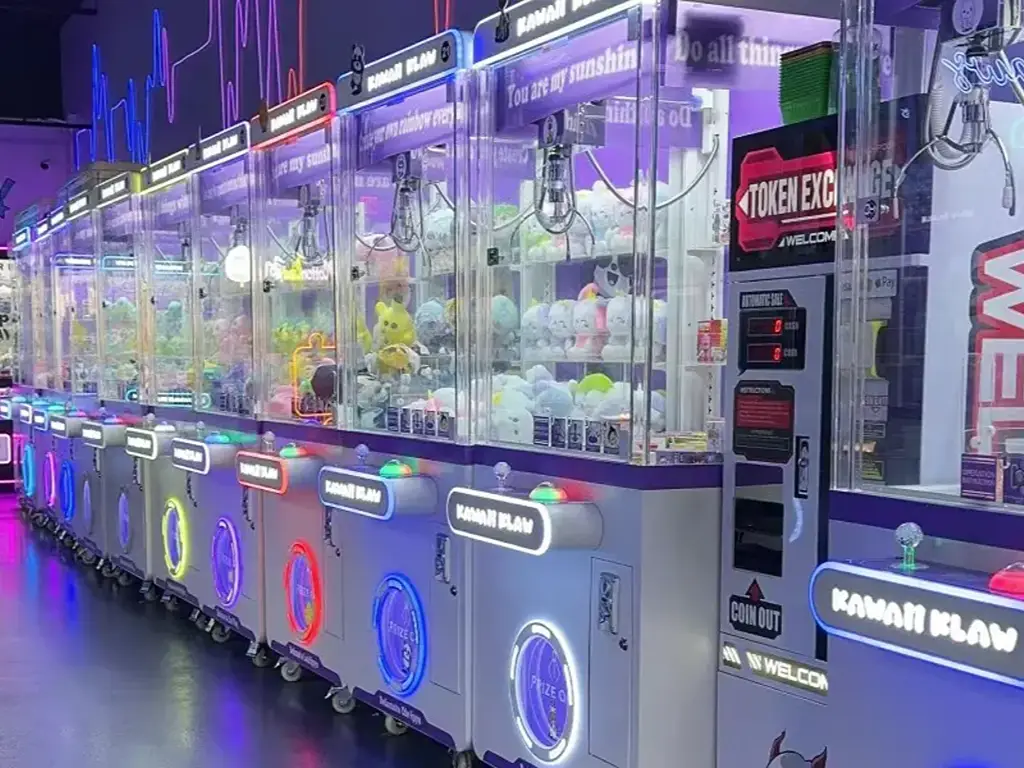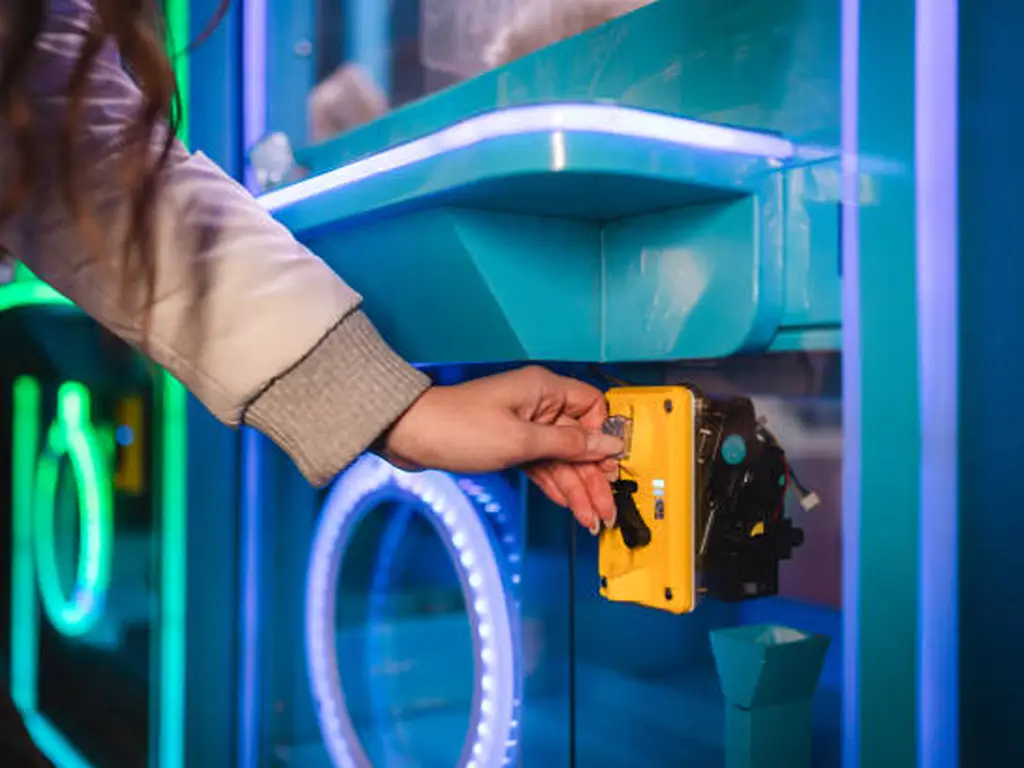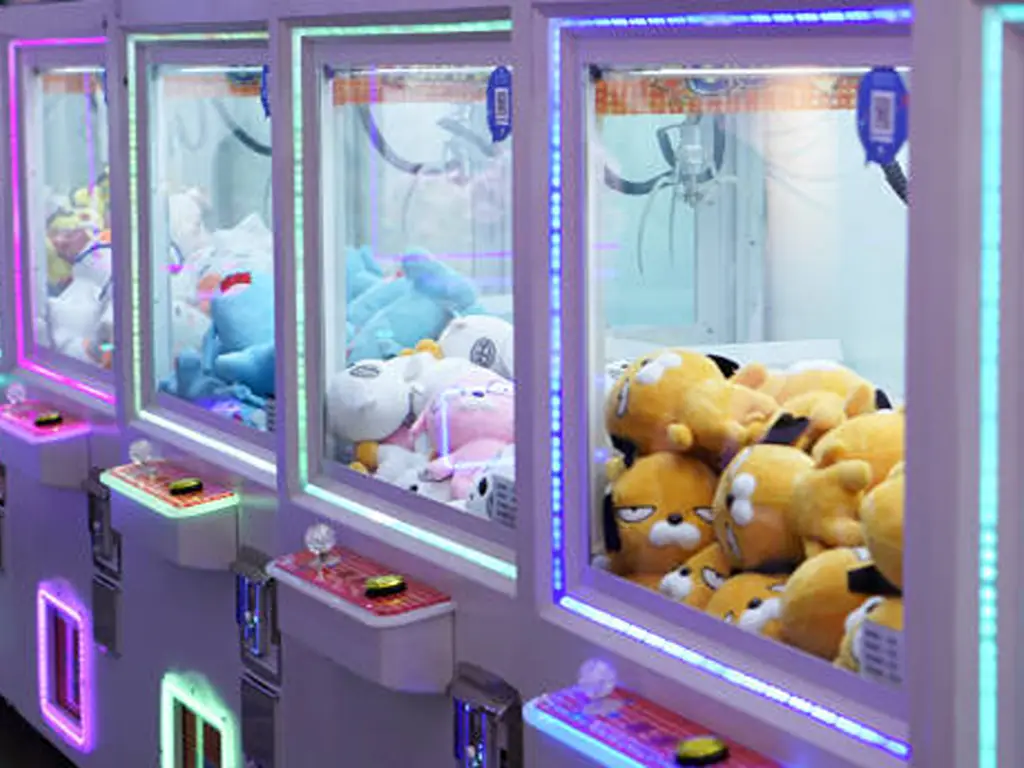Ever wondered what makes a claw machine so tricky yet captivating? How does it grab the prize, nur um es in letzter Sekunde fallen zu lassen? The secret lies in the precise blend of design, engineering, and technology that goes into creating these machines. From the initial design phase to the final installation, every step in the manufacturing process plays a crucial role in bringing these machines to life. In diesem Artikel, we’ll pull back the curtain and reveal how claw machines are made, highlighting the key stages from design to setup.
Schritt 1: Design and Customization
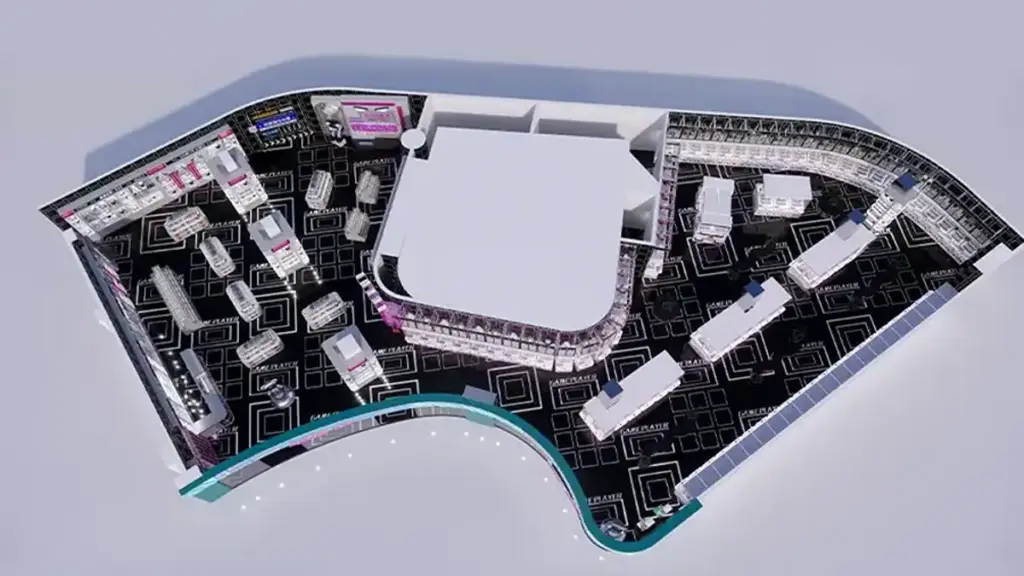
Designing a claw machine starts with a blank slate. It’s all about understanding what you want. Erste, you gather key details: Who will use the machine? What’s the budget? Where will it be placed? What features are important? Once you’ve got these answers, the next step is planning. A 2D layout helps you figure out the size, Stil, and number of machines needed for the space.
From there, you move to the design phase—sketching ideas and refining the concept. Afterward, a 3D design is created, giving the client a detailed preview of what’s to come. At this stage, you can suggest adjustments before finalizing the design. With the plan in hand, you can move forward, knowing the machine will fit both the space and the business’s needs.This is where the fun begins!
Schritt 2: Material Selection
Picking the right materials is like choosing the right ingredients for a recipe. Der claw machine manufacturing process starts with selecting strong, durable materials that will last. The frame? It’s made from steel or aluminum for strength. The outer shell? They’re often made of glass or high-quality plastic, letting customers peek inside while keeping the inner parts safe.
Inside the machine, essential parts like the claws are made from metal, while motors and connectors are engineered for long-lasting performance. When it comes to the prize area, plush toys made from soft, safe fabrics like polyester or minky are a top choice. The stuffing is lightweight polyester fiberfill, ensuring the prizes are soft but not too heavy. If you’re sourcing plush toys, many suppliers offer plush toys manufactured in China, where quality and cost meet perfectly for bulk purchasing. Choosing the right material like building a solid foundation before constructing a house—every part has its place.
Schritt 3: Manufacturing Core Components
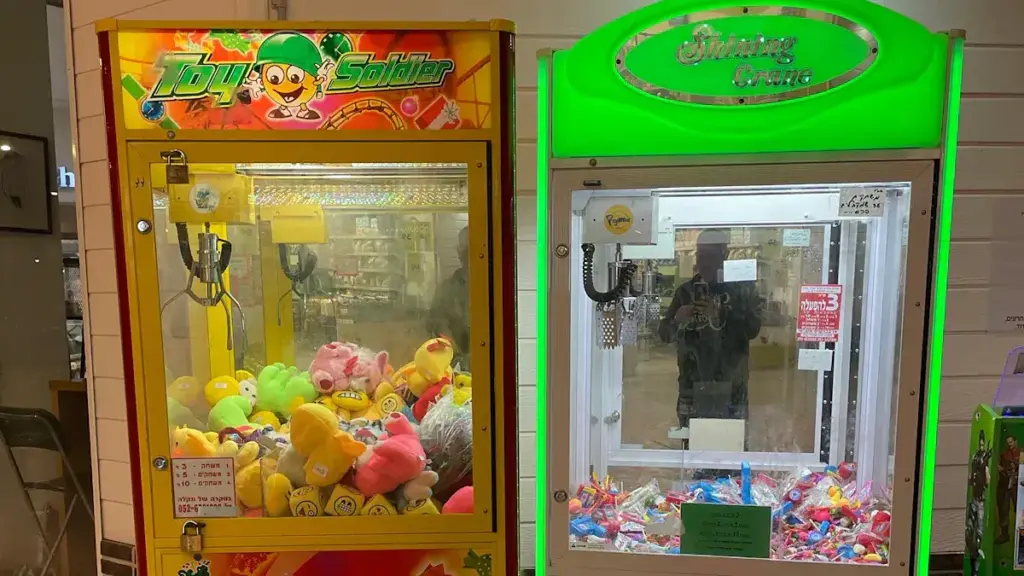
Jetzt, it’s time to build the heart of the machine. How do claw machines work? The answer lies in the precision of the mechanical components.
The Claw: Precision and Strength
The claw itself has three metal prongs designed to grab prizes with accuracy. These prongs are controlled by a servo motor that allows the claw to open and close tightly. The force used to grip is carefully calibrated, ensuring a balanced challenge for players. The claw’s ability to pick up and hold onto a prize is essential for the gameplay experience.
Motors and Sensors: Driving the Action
Motors are the powerhouse of the claw machine, moving the claw horizontally and vertically. Stepper motors, such as Nema 17, control these movements precisely. Sensors track the claw’s position, providing real-time feedback to the system and ensuring smooth, controlled motion throughout the game.
The Frame and Housing: Gebaut, um zu dauern
Nächste, the frame and housing are created. The frame, typically made from steel or aluminum, gives the machine its strength and stability. The outer shell is often made of glass or high-quality plastic, offering visibility while protecting the internal components. These materials ensure that the claw machine can handle heavy use without compromising its performance.
For a deeper look into the essential Teile einer Klauenmaschine, explore how each component works together to create an engaging experience for players.
Schritt 4: Assembly Process
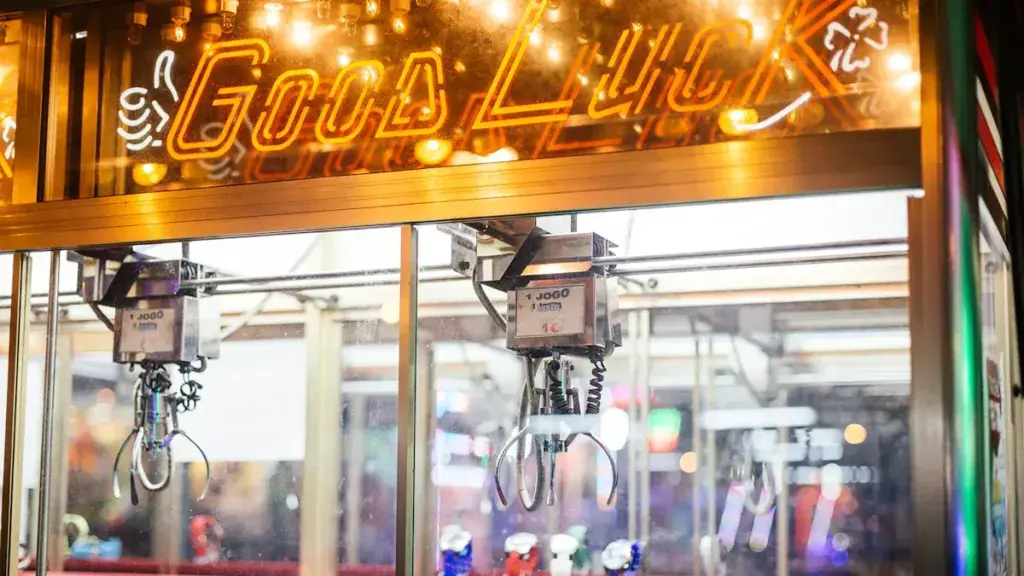
Here comes the exciting part—the assembly. The assembly process is where the claw machine starts to take shape. Each step is carefully planned and executed to ensure everything fits together perfectly, from the frame to the final touches.
Building the Frame and Setting Up Panels
The first step is to draw and plan the frame with precise measurements. Sobald der Entwurf fertiggestellt ist, the frame is assembled, creating the core structure of the machine. Acrylic panels are then added, providing visibility while protecting the internal parts.
Installing the Mechanical Components
Nächste, the crucial mechanical parts—such as the claw, Motoren, and control board—are installed. The claw is connected to its motor, and wiring is carefully run to ensure everything works together. The motors are linked to the control system, which governs the claw’s movement and ensures smooth operation.
Wiring and Finalizing the Electrical Components
With the main components in place, it’s time to wire the machine. This involves connecting the motors, servos, Joystick, Tasten, and power supply. The wiring must be neat and organized to avoid interference or electrical issues. Zusätzlich, photoelectric sensors are installed to track the claw’s position and ensure precise movements.
Installing Additional Features
Endlich, the finishing touches are added. This includes installing lights to enhance the machine’s appearance, applying stickers for branding, and setting up the speakers for sound effects. Once everything is in place, the crane mechanism is installed, completing the setup.
It’s like setting up a network—everything needs to communicate with each other. Each part is integrated carefully to ensure the claw machine functions as intended, ready for testing and quality control.
Schritt 5: Software Integration
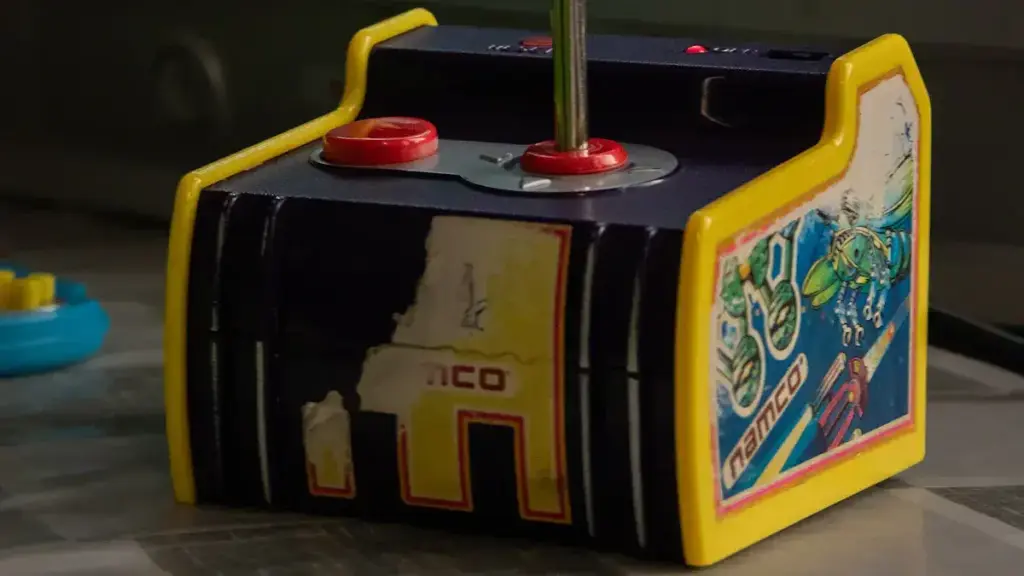
Then, it’s time to program the brain of the machine. The game logic controls how the claw moves, when it grabs, and how often it lets go. The key is to find the right balance. If the claw machines payout rate is too high, players will win too often, and the machine won’t make a profit. If it’s too low, players might get frustrated and stop playing. Typischerweise, the payout rate is set between 20% Und 40% to keep the game exciting but fair.
The next step is testing the controls. This includes ensuring the joystick responds smoothly, and the buttons trigger the right actions. Once the system is set up, the software is tested multiple times to make sure everything works as it should, from the claw’s movement to the payout cycle.
Schritt 6: Quality Control
Before the machine leaves the factory, it undergoes rigorous quality control to ensure it meets the highest standards. Here’s how the process works:
- Functional Tests: Test the claw to ensure it can grip, release, and drop prizes without failure.
- Motor Calibration: Check that the motors move smoothly and respond quickly.
- Button and Joystick Test: Press every button and move the joystick to verify they work as expected.
- Wiring and Connector Inspection: Inspect all wires and connectors for safety, ensuring there are no loose connections or exposed wires.
- Safety Compliance: Follow arcade standards to ensure the machine is safe for players. Look for sharp edges or loose parts.
- Sensor and Grip Adjustments: Test and adjust the sensors and claw grip to ensure fair gameplay.
Once all tests are complete and adjustments are made, the machine is ready for shipment, ensuring both functionality and safety are up to standard.
Schritt 7: Packaging and Shipping
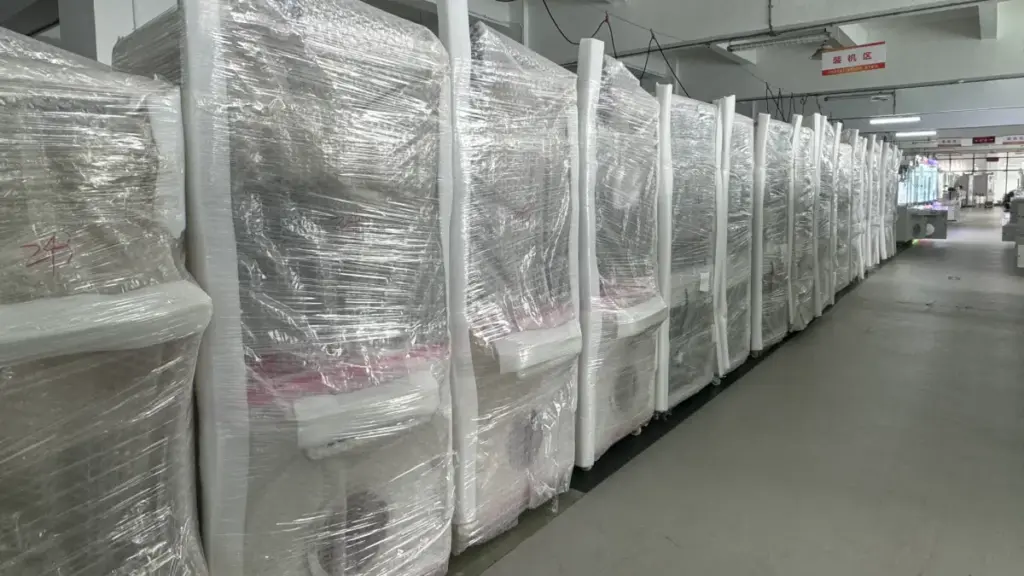
To ensure safe delivery, proper packaging is essential. Here’s how it’s done:
- Heavy-Duty Crates: The machine is placed in a sturdy crate, with padding to protect the cabinet.
- Anchoring the Base: The base is securely anchored to prevent shifting during transport.
- Stabilizing Internal Parts: Foam blocks or straps are used to stabilize screens, circuit boards, and other sensitive components.
- Securing Wiring: Wires are organized and secured with zip ties to prevent damage.
- Protecting Fragile Parts: Control panels and other delicate pieces are wrapped in bubble wrap or shrink wrap.
- Coin Door Removal: If possible, the coin door is removed and packed separately for extra protection.
- Packaging Plush Toys: Toys are packed in sturdy boxes with bubble wrap, and vacuum-sealed bags keep them dry and compact.
- Clear Labels: Each crate is clearly labeled with handling instructions, including “Fragile” stickers to ensure careful handling.
This thorough packaging process ensures that every part of the claw machine arrives intact and ready for setup.
Schritt 8: Installation and Support
While Step 4 focuses on the assembly and integration of the claw machine’s internal components, Schritt 8 is all about the final setup and ensuring the machine is ready for use in its operational environment. Once the machine arrives at its destination, it’s carefully moved into place. The first step is connecting it to the power supply and any network systems if required.
Nächste, a thorough check is conducted to ensure the machine is functioning correctly in the real-world setting—this includes testing the controls, Motoren, and payout systems. Any last-minute adjustments are made, ensuring everything runs smoothly. Endlich, the machine is thoroughly cleaned, and proper documentation, such as user manuals and warranty information, is provided. Ongoing support and maintenance are also arranged, ensuring the machine remains in optimal condition for long-term use.
Abschluss
From design to installation, the process of making claw machines is a precise blend of engineering and careful planning. Each stage, from selecting the right materials to final quality checks, ensures that the machines are both durable and reliable. Whether you’re looking for durable and reliable claw machines or seeking the right claw machine factory in China, you can trust Tongru‘s machines to deliver long-lasting performance and success for your business.














